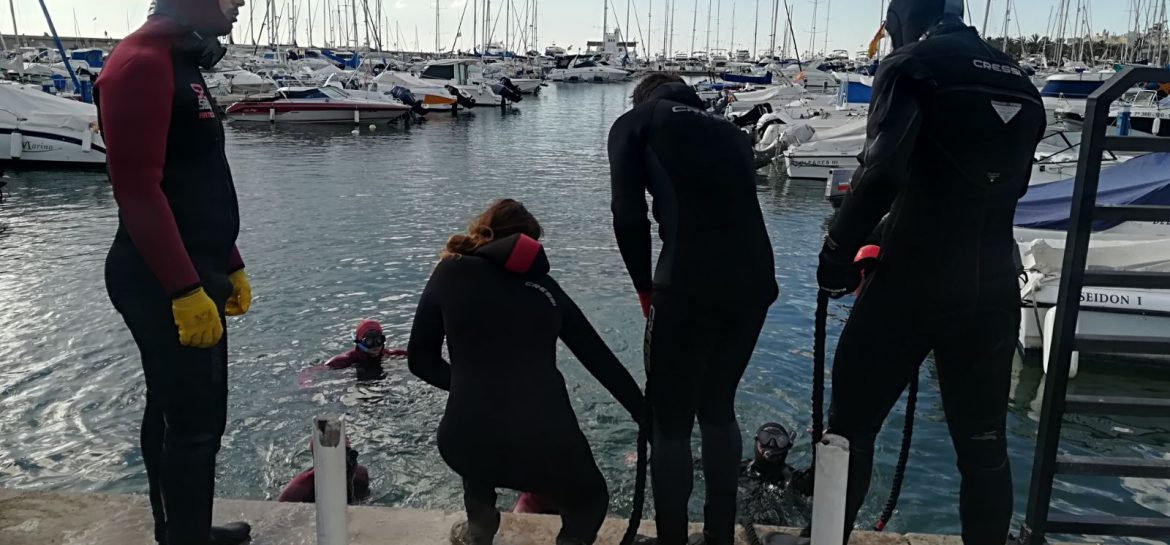
Rescue Exercises on the Beach
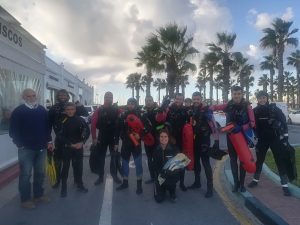
Today we’ll be training for worst case scenarios and learn various rescue techniques as well as refresh our emergency first response training.
We’ve all gotten ready and lined up in our suits and BCDs, we’re on our way to the beach.
It starts out with three different rescue techniques in the water. Ronan, Toni and I are paired up again. We’re starting out with the two boys taking turns rescuing each other, while I follow with the buoy.
The pockets on my suit are filling with water and creating a lot of drag and the boys are putting on a pace. I’m lagging behind. “Crap!” I mumble into my snorkel and swim faster, trying to catch up. We’re almost there. I’m glad the guys are turning around already.
My turn comes around and I’m already quite exhausted. I look at where Cesar is standing, further down the beach, it seems like he’s miles away. By the time we reach his height I can feel my leg starting to cramp. Thank God, it’s my turn to “be rescued”. I can really use the break right now.
With the third technique, Ronan gives me a quick leg massage while transporting my exhausted body back to where Toffy is standing, motivating us to go faster. One more time. I return the favour on the way back and we giggle a little into our snorkels, not all that bad this rescue exercise.
Finally we’re all back on the beach, but there’s not time to catch a breath, fireman carry and other transport methods. “Run, run! Faster, faster!” the instructors are pushing us further and further.
… VIDEO COMING SOON …
But the morning isn’t over yet. Rescue exercise in the dock are next, hauling unconscious divers onto the pier and then a refresher in CPR and emergency first response.
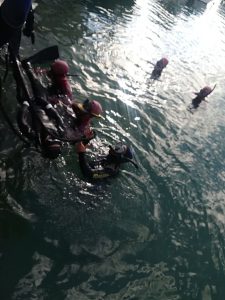
|
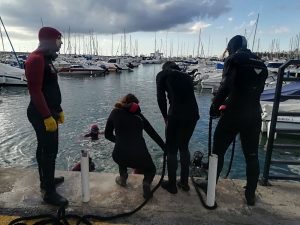
|
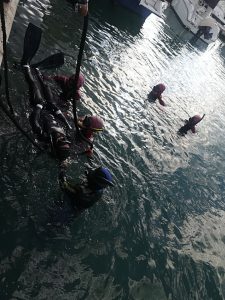
|
Diving accidents often require special treatment and Toffy makes sure to remind us of all the what to look out for.
We’re are all quite exhausted by the time the lunch break finally comes around.
Physiology of Diving and Diving Accidents
The afternoon is filled with physiology, medicine and the specifics of diving accidents. Not the most pleasant of topics when we’re training to work under water, but Tato patiently explains the dangers of Nitrogen Narcosis or the so-called “Bends”, also known as Decompression Sickness, and how to respond to in an emergency situation involving an affected diver.
“As divers, we constantly work in an inherently hostile environment for humans.” Tato reminds us. Our training, our knowledge and experience, the technology we use and the ability to rely on our colleagues is what keeps us safe under water.
In the late afternoon the wind picks up quite a bit and I’m glad we got the swimming and rescuing on the beach out of the way when the ocean was still a little calmer.
The surfers on the other hand have started arriving from all directions. While we complain about the winter-waters, their season has only just begun.
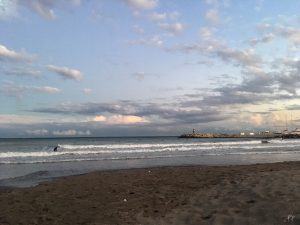
|
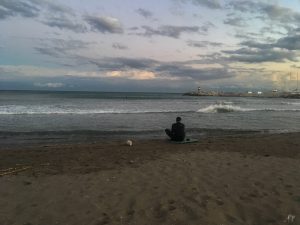
|
Time to go home and rest up. Tomorrow is another day of training, in what is often called one of the most dangerous professions in the world.






